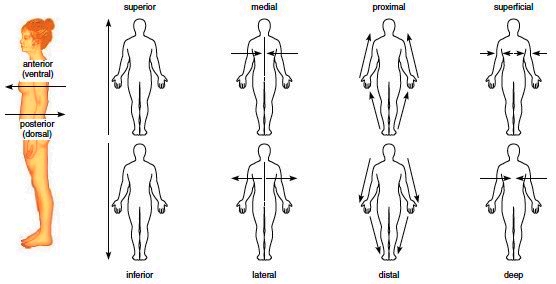The cell is the basic structural and functional of living organism. Cell has many types but all the cells has same basic structure and some functions. There are three basic structures of the cell which are cytoplasm, cell membrane and nucleus. Lets watch this video below about the cell.
Lists below are the cell structure and their definitions.
- Cytoplasm - clear and gelatinous materials that form substances of a cell.
- Mitochondria - a small rod-like shaped that consists of inner membrane, outer membrane, cristae and matrix which generate energy, ATP.
- Nucleus - command centre of a cell.
- Cell membrane - thin layer of tissues that covering the contents of cells.
- Ribosomes - tiny structures that contains high content of ribosomal RNA.
- Endoplasmic Reticulum (ER) - network of membrane in the form of flattened sacs of tubules.
- Lysosomes - membrane-enclosed vesicles that formed from Golgi body.
- Peroxisomes - small body contains oxidase or reducing agent.
- Golgi body - an organelle in the cytoplasm of a cell consists of cisternae that involved in packaging, modifying and delivering lipids and proteins.
- Centrioles - paired-cylindrical structure that contain centrosomes which consisting of a ring of microtubules and arranged in a right-angled positions.
In addition, there are terms for transportation across the cell membrane and also describing the ion channels.
1. The passive transport is transport across plasma membrane into a cell that do not required any energy, ATP.
| Figure 1.7 The passive transport |
- Diffusion - a passive process which there is a net of movement molecules or ions from high concentration to lower concentration until reach an equilibrium.
- Facilitated diffusion - passive movement of a substances down to its gradient through lipid bilayer by trans-membrane protein.
- Osmosis - movement of water molecules across the selectively permeable membrane from a high water concentration to lower water concentration.
2. The active process is the movement of the substances against its concentration which requires cellular energy, ATP.
 |
| Figure 1.8 Active transport. |
- Active transport - movement of a substance across the membrane against its concentration gradient by trans-membrane protein as carriers and ATP is used.
- Endocytosis - movement of substances into a cells in vesicles.
- Exocytosis - movement of substances out of the cell in secretory vesicles that fuse with the plasma membrane and release its content to extracellular fluid.
- Phagocytosis - movement of a solid particle into a cell after pseudopods engulf it to form phagosome.
- Pinocytosis - cellular drinking
 |
| Figure 1.9 Active transports |
Tissues
The table below represents the terms of tissues.
Tissue
|
Layer of similar
specialized cells that joined together to perform specific functions.
|
Histology
|
Study of the
structure, composition and function of tissues.
|
Epithelial
tissues
|
Continuous sheets
of epithelial cells arranged in either single layer or multiple layers.
|
Epithelium
|
Specialized epithelial
tissues forms epidermis of skin and surface layer of mucous membranes.
|
Connective tissues
|
Fibrous substances that form supportive tissues
of body.
|
Endothelium
|
Specialized epithelial
tissues lining the blood and lymph vessels, body cavities, glands and organs.
|
Muscle tissues
|
Layer of
specialized muscle cells with ability to contracts and relaxes.
|
Adipose tissues
|
Layer of fats.
|
Nerves tissues
|
Specialized nerve
cells that form tissues to perform impulse transmitting.
|
Table 1 Terms of tissues



